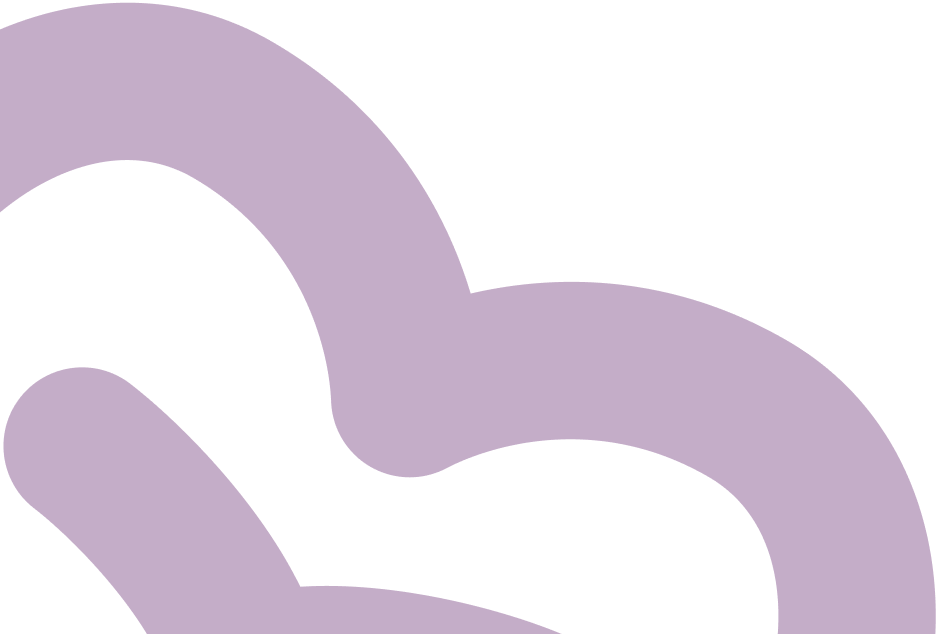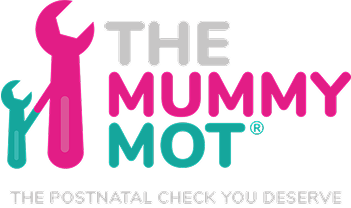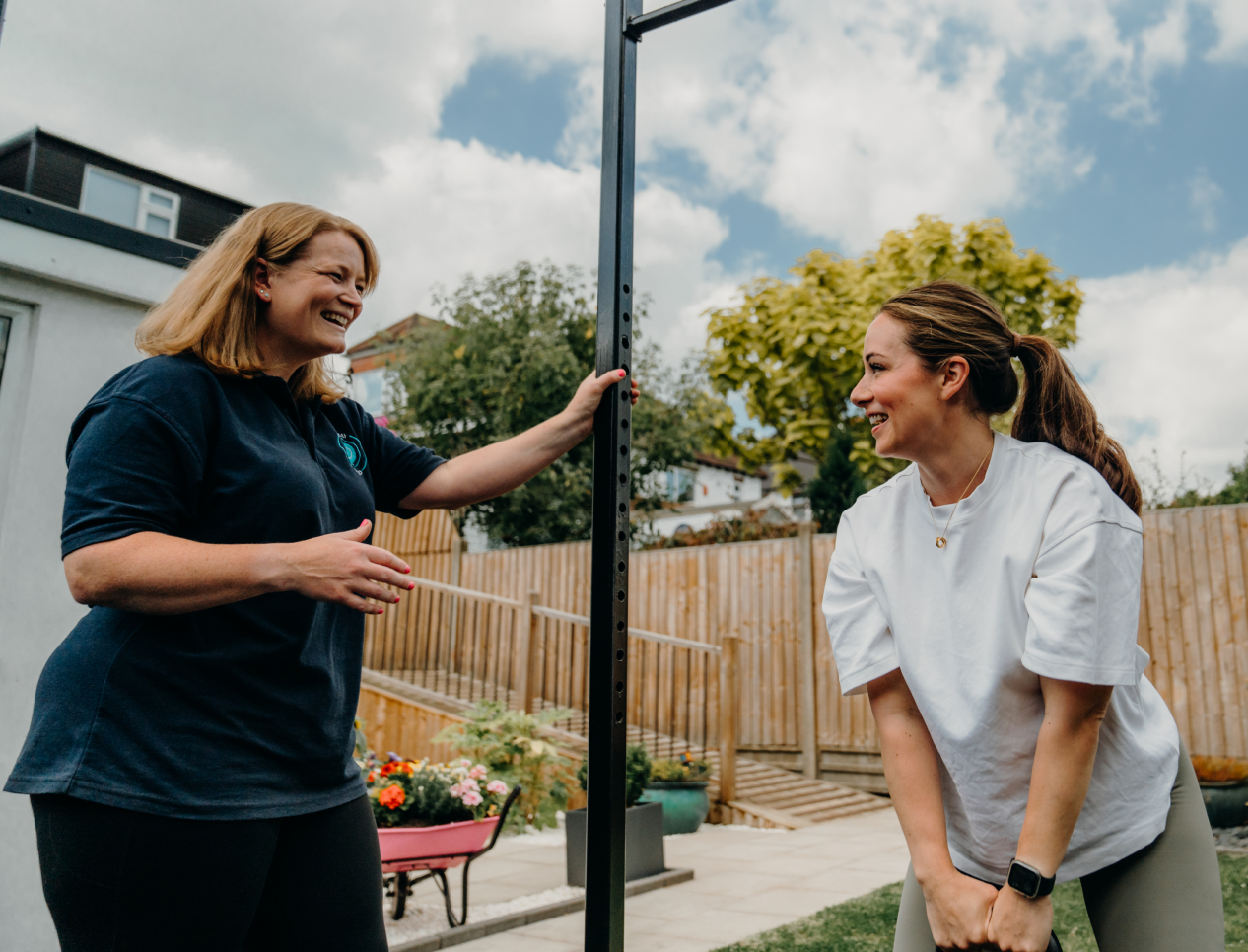Pelvic Health Physio in Worcestershire
For the mums
Please see below for the range of conditions that we treat, this list is extensive but not exhaustive

























Postnatal Check
This is your chance to be listened to, each assessment is individual and comprehensive.
Follow Up Appointment
If further treatment and guidance is needed, a follow up appointment is recommended.
A follow up appointment is for those patients that have been seen in the last 12 months by one of our clinicians. If you have been seen over 12 months ago please do book in for an intial assessment.

The Postnatal Check You Deserve
Up to half of all women experience weakness in both the abdominal muscles and pelvic floor muscles after pregnancy and up to a third still have a tummy gap at eight weeks post-birth. This can cause instability or poor core strength leading to women developing pelvic or back pain or bladder, bowel and sexual dysfunction. These conditions should not be something you should just put up with as a result of having a baby.
It’s recommended that women have an initial assessment at 6-8 weeks postnatal, but we also treat women who gave birth years ago that may still have a tummy gap or related pelvic floor issues.
Symptoms we treat for mums
Stress incontinence is a type of urinary incontinence where urine leaks out during activities that increase pressure inside the abdomen, such as coughing, sneezing, laughing, exercising, or lifting something heavy. It occurs when the pelvic floor muscles that controls the bladder are weakened, often due to childbirth, surgery, aging, or hormonal changes.
Treatment consists of pelvic floor strengthening exercises, abdominal core exercises and bladder and lifestyle advice
Postnatal recovery focuses on helping women restore physical function and well-being after childbirth. The goal is to support physical healing, improve function, and enhance quality of life during the postnatal period.
Treatment consists of pelvic floor rehabilitation, abdominal muscle rehabilitation, guidance on returning to exercise and daily activities and education on body mechanics.
Urge incontinence is a type of urinary incontinence where a person experiences a sudden, intense urge to urinate, followed by an involuntary loss of urine, even if the bladder isn’t full. This condition is caused by involuntary contractions of the detrusor muscle (the muscle in the bladder wall), which may be triggered by certain stimuli such as:
- Hearing running water
- Arriving home (known as "key-in-the-door" syndrome)
- Cold weather or drinking caffeine/alcohol
Pelvic floor strengthening exercises, abdominal core exercises, bladder retraining, urgency suppression techniques and lifestyle advice.
Returning to exercise with physiotherapy involves a guided, safe, and gradual reintroduction to physical activity after childbirth. The aim is to support a sustainable and effective return to exercise while minimising the risk of setbacks.
Treatment consists of restoring strength, flexibility and endurance, improving movement patterns, preventing injury through education and building confidence with the gradual return to previous sports or exercise.
Overactive bladder is characterised by a frequent and sudden urge to urinate, which can be difficult to control. It may lead to involuntary urine leakage (urge incontinence), frequent urination (typically more than 8 times in 24 hours), and waking up multiple times at night to urinate (nocturia). It can occur when the bladder muscles contract too often or involuntarily, even when the bladder isn’t full.
Treatment consists of bladder retraining, pelvic floor strengthening exercises, urgency suppression techniques and lifestyle advice
The Mummy MOT is a specialist postnatal physiotherapy assessment designed for women after childbirth, typically from 6 weeks postpartum onwards. The goal is to help women recover safely, prevent long-term issues, and regain physical confidence post-baby.
Mummy MOT consists of pelvic floor and abdominal muscles assessment and treatment if required, posture and movement evaluation, discussion of any other symptoms e.g., stress incontinence and a personalised rehabilitation plan.
Pelvic girldle pain is a common condition in pregnancy involving pain in the joints and surrounding muscles of the pelvis. Symptoms include pain in the lower back, hips, groin, or thighs, especially with activities like walking, climbing stairs, turning in bed, or standing on one leg.
Treatment consists of individualised exercise program, manual therapy, postural education and pain management strategies.
Diastasis Recti is a separation of the rectus abdominis muscles (the “six-pack” muscles) along the midline of the abdomen. It commonly occurs during pregnancy due to the stretching of the abdominal wall to accommodate the growing baby. After birth, some women may continue to have a visible gap or bulging.
Symptoms can include:
- A doming or bulging along the midline when sitting up or straining
- Lower back pain or poor posture
- Difficulty with certain movements or exercises.
Treatment consists of pelvic floor and abdominal muscles rehabilitation through a personalised plan, postural and movement education and education and lifestyle advice.
Scar tissue pain is pain experienced in the scar if an episiotomy was performed during childbirth.
Treatment can consist of pelvic floor strengthening exercises, manual therapy, education and body awareness, relaxation techniques and desensitisation techniques.
Scar tissue pain is pain experienced in the scar if an episiotomy was performed during childbirth.
Treatment can consist of pelvic floor strengthening exercises, manual therapy, education and body awareness, relaxation techniques and desensitisation techniques.

What our clients say
Aenean lacinia bibendum nulla sed consectetur. Vestibulum id ligula porta felis euismod semper. Aenean lacinia bibendum nulla sed consectetur.

Jenny

Rebecca

James
Frequently asked questions
Yes - there are spaces for 2 cars on the driveway. If there are already 2 cars on the driveway, please wait in your car until the previous patient has finished and left. Laura often waits at the gate anyway.
If you have an idea as to when your period is due, it may be not be appropriate if you are on days 1 or 2 or your flow is heavy. But a light flow is absolutely fine, there are period products in clinic you can access and a separate bathroom.
There is a bathroom in the clinic, patients do utilise this often.
There are ramps all the way to the clinic door, the ramps have non slip bars and there are hand rails along the way.

We’re waiting to treat you

